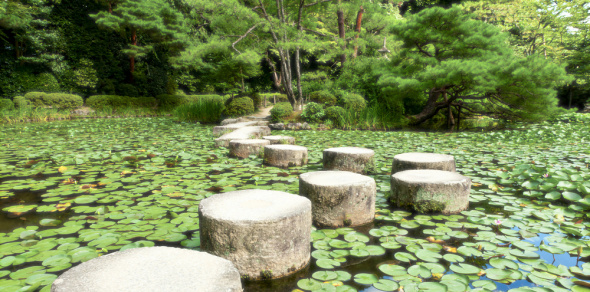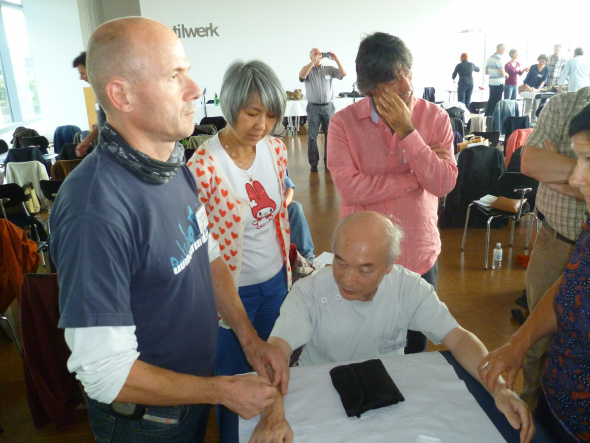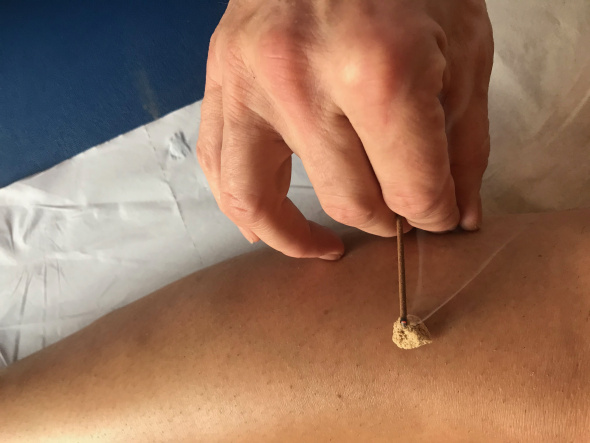Japanese Acupuncture
As in China, there is a centuries old tradition of acupuncture practice in Japan. It tends to be much more delicate than styles from other countries, partly because of the refined culture, but also because many of the leading figures in its development were blind. Even today, over a third of acupuncturists there are blind. Needles are much finer, and tend to be inserted more shallowly, if at all. It is well tolerated by sensitive patients and even needle phobics (It is perfectly possible to treat without the need to insert any needles at all! )There is an emphasis on subtle needling techniques, which take many years to master. The treatment is not pre-planned, but develops through the session, depending on the response of the patient, in terms of pulse and abdominal changes.

The diagnosis is mostly arrived at through a skilful method of taking pulses and palpating the abdomen, to discern which meridians are too weak, and which too strong, a bit like tuning a 12-stringed guitar. Once the system has been rebalanced, then we work more on the symptoms, again using a variety of techniques, many not involving needles at all. We like to release tension in the front and back of the body in each session. Generally speaking, my patients say that it is much more holistic than TCM Chinese acupuncture.
Moxibustion:
Acupuncture probably developed from the practice of moxibustion. In Japan today, there are still moxabustionists who have similar theoretical training to acupuncturists, but who use moxa instead of needles, and achieve similar results. Tiny, sesame-sized pieces or cones of mugwort are used to warm the Qi and to affect blood circulation. Studies have shown that it can stimulate both red and white blood cell count, increase the blood circulation in the whole body and support the immune system. The tiny burns, which feel like a mosquito bite, also create an anti-inflammatory healing response, and are excellent for muscle and soft tissue injuries. I apply moxibustion in almost every treatment.

I am trained in two styles of Japanese acupuncture: Toyohari and Manaka.
Dr Manaka’s System:
Dr Manaka was a renowned physician and doctor who ran a hospital in post-war Japan. Hindered by a lack of equipment, he devoted his life to studying the various styles of acupuncture that existed, even learning Chinese and Korean so that he could read the original texts. He refined the system of diagnosis through abdominal palpation, whereby when a meridian becomes blocked or diseased, a tender spot reliably develops on the belly. He then found ways to release this, attaching his invention called ion-pumping chords to the needles, bringing about a deep structural release. Treatment continues in several further practical steps to release the back surface and clear symptoms, often utilising ear points, hand points in a system developed in Korea, channel tapping at specific frequencies, and so on. He achieved acclaim for his proven success in treating whiplash sufferers, using a special combination of points and ion-pumping chords to release the sides and back of the neck/spine.
